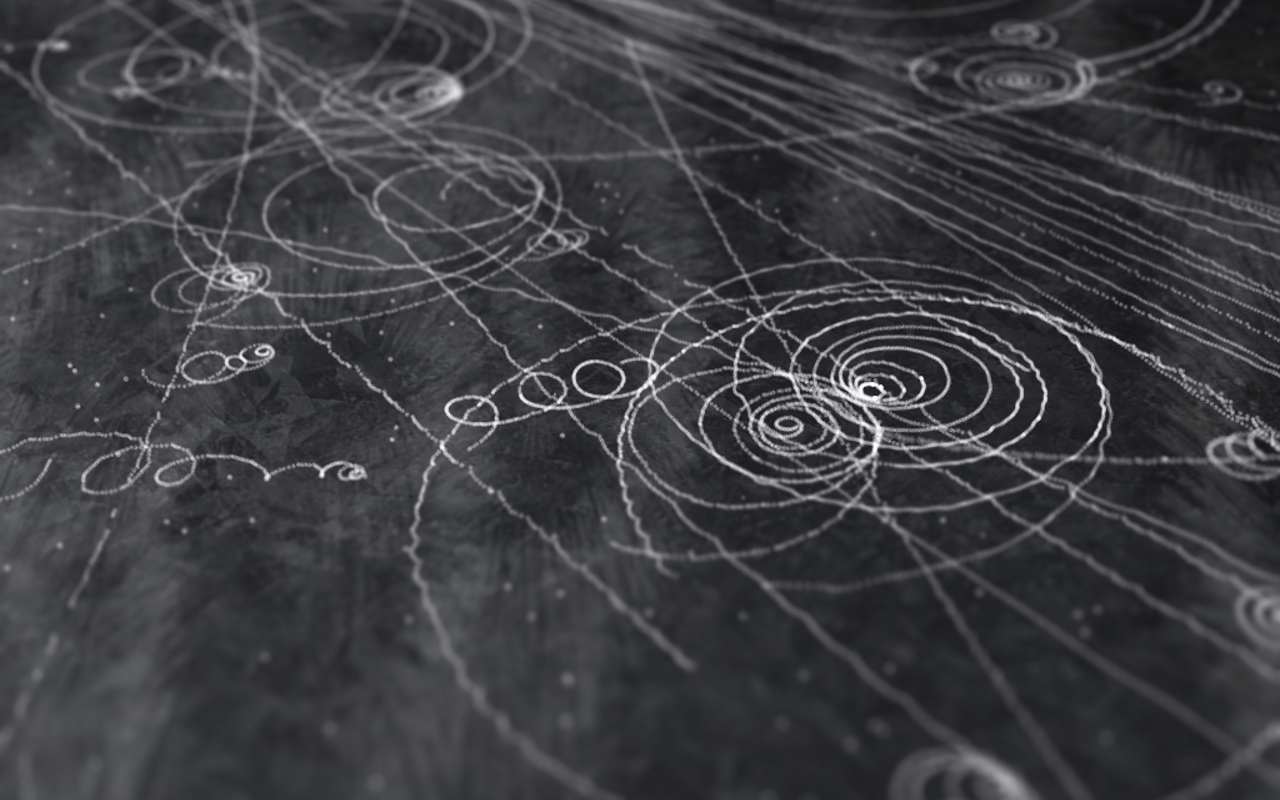

Yet for a framework that encapsulates our best understanding of nature’s fundamental order, the Standard Model still lacks a coherent visualization. The Standard Model is missing a few puzzle pieces (conspicuously absent are the putative particles that make up dark matter, those that convey the force of gravity, and an explanation for the mass of neutrinos), but it provides an extremely accurate picture of almost all other observed phenomena. Together, the equations formed a succinct theory now known as the Standard Model of particle physics. In the 1970s, physicists developed a set of equations describing these particles and interactions. In general one cannot attach an identity card on an elementary particle.All of nature springs from a handful of components - the fundamental particles - that interact with one another in only a few different ways. The same type of elementary particles are experimentally indistinguishable, two electrons are interchangeable, except by their quantum numbers in specific boundary conditions. ) are characterized by different quantum numbers and are distinguishable. Different types of particles (electrons, quarks. No, this is wrong as a general statement. Is is true that two elementary particles are indistinguible? Yes, the mathematical model of the standard model has been validated over and over again, and its quantum mechanics based predictions are fulfilled, as recently as the discovery of the Higgs. This is the table of elementary particles of the standard model of particle physics.Īll matter is a composite of these particles, and yes, they are modeled as point particles. In the standard model of physics they are assumed so.ĭoes make sense in quantum mechanics and standard model think this way?

There were more questions than in the question above, so I am answering here:Įlementary particles are like mathematical points? I had been preparing an answer to the question made duplicate. However, the emergence approach (such as the string-net theory), so far, fail to produce the chiral coupling between the $SU(2)$ weak interaction and the fermions. The emergence approach may also produce (linear) quantum gravity from quantum spin models (see our paper arXiv:0907.1203). So the string-net theory predicts extraĭiscrete gauge theory and new cosmic strings associated with the new discrete gauge theory. The correct model should contain extra gauge theory, such as a $Z_2$ gauge theory. So according to the string-net theory, the The standard model contain composite fermions that are neutral for $U(1)\times SU(2)\times SU(3)$ gauge theory. There is a falsifiable prediction from the string-net theory:Īll fermions (elementary or composite) must carry gauge charges (see our paper cond-mat/0302460). An comparison between the string-net approach and the If the quantum spin model has a "string-net condensed state"Īs its ground state. The string-net condensation provides a unified origin for gauge interactions and Fermi statistics:īoth elementary gauge bosons (such as photons, gluons) and elementary fermions (such as electrons, quarks) can emerge as quasi-particles in a quantum spin model on lattice The question weather elementary particles are point-like or not do not make sense within the emergence approach. Under such an emergence picture, if we examineĮlementary particles closely, we see the qubits that form the whole space. Then the quantized collective motions of qubits can give rise to photons, electrons, etc.Įlementary particles, like photons and electrons, are not elementary in the sense that there are underlying theories, such as the quantum qubit model on lattice, from which they can be derived as an effective approximation (see for example our paper arXiv:hep-th/0302201). (ie the space is a qubit ocean.) If those qubit form a string-net liquid, In one approach, we regard the vacuum as a collection of qubits. This led to an emergence point of view of elementary particles: they are quantized collective motions of the vacuum medium.

(including particles) are things we placed in the empty vacuum.īut the Casimir effect shows that the vacuum is not empty but a dynamical medium. Your question is based on an assumption that the vacuum is empty, and matters


 0 kommentar(er)
0 kommentar(er)
